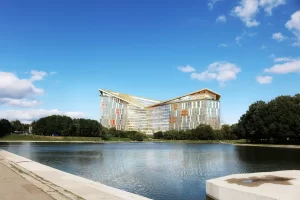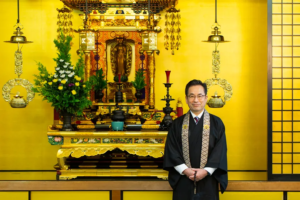Architecture Perspective by Kengo Kuma
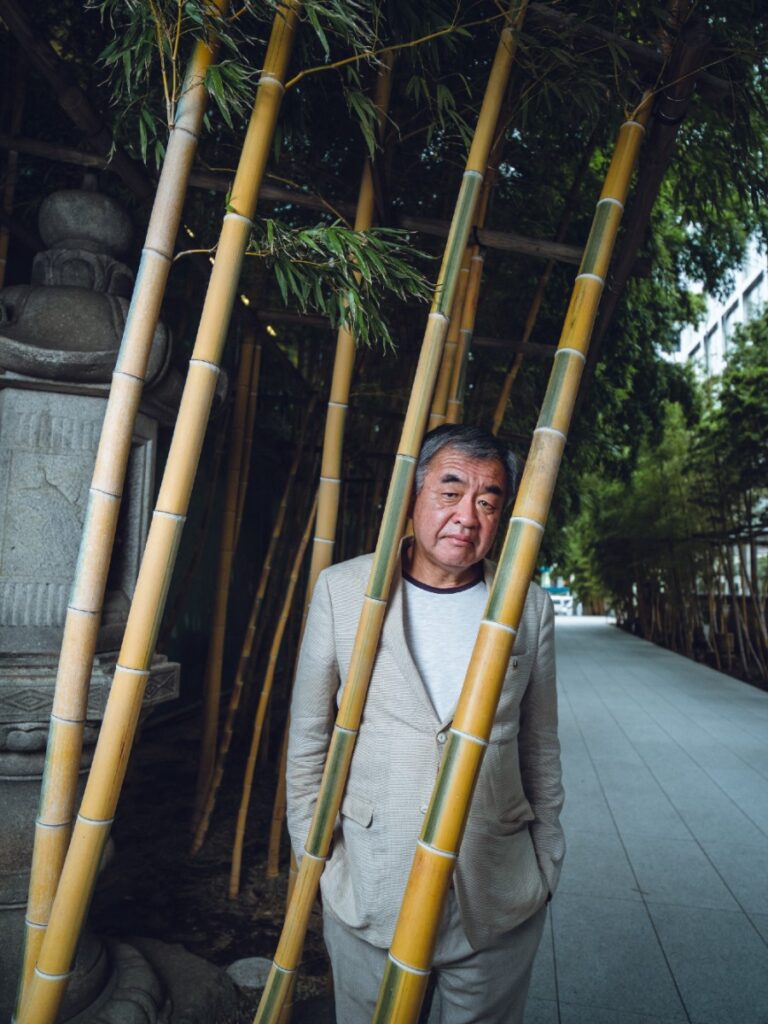
We ask Kengo Kuma, the architect behind the New National Stadium, how he sees Japan and the world after 2020.
The original article SLOW IS MORE is a part of the WORK MILL with Forbes JAPAN Issue 3 —THE AGE OF POST-INNOVATIONALISM ©WORK MILL, published on October 2, 2018
Architecture is one of the fields Japan is best known for in the world. Many Japanese architects are celebrated worldwide, beginning with Kenzo Tange of the first post-war generation, Kisho Kurokawa, Fumihiko Maki, Arata Isozaki, and Hiroshi Hara of the second generation, Toyo Ito and Tadao Ando of the third generation, and now Kengo Kuma, SANAA (Kazuyo Sejima and Ryue Nishizawa), and Shigeru Ban of the fourth generation. At Kuma’s architectural firm, almost 100 projects are currently underway. A third of them are in Japan while the rest are in Europe, North America, and Asia. Why are Japan’s architects so highly recognized throughout the world? Here is Kuma’s answer. “The presence of Japan’s architects in the international community is strikingly prominent compared to that of the country itself. Up until the third generation, Japan had a strong economy.
We architects of the fourth generation live in a much weaker time after the bursting of Japan’s economic bubble. I feel that the reason my generation is appreciated worldwide is because people are seeking a Japanesque softness, a sensitivity in architecture.” According to Kuma, the elements required in architecture during the age of financial capitalism were simply size and eccentricity. To build excessively high skyscrapers with astonishing designs, for example. But as financial capitalism seemed to reach an impasse due to the global financial crisis of 2008, the demands toward architecture changed along with it. “Low-rise buildings where you can feel the earth, buildings where you can perceive the locality, buildings where you can appreciate the contrast of light and shade, these are what people began to look for, which led them to notice Japan’s aesthetics. Japanese modesty must also be a key factor. Rather than forcing the intense ego of the architect onto the architecture, we communicate with the locals to create buildings that spring from the locality. I believe this sense of beauty and style is what’s being praised.
The financial crisis, and the end of “flashy architecture”
The industrial society of the 20th century generated the functional, transparent, and uniform architectural style known as “modernism.” “Modernist architecture was all about being ‘quick and large.’ Demand was rising in the cities for large-scale factories and housing complexes for the workers. As a result, there was a need to construct sizable buildings in a short amount of time. Concrete, iron, and glass were the answer to this.” Modernism was also about detaching architecture from the location. “If architecture could be detached from the location, you could construct the same building in the same style anywhere in the world. This method of commercializing architecture was what the great masters of modernism created. This standardized urban architecture around the globe and the locality and history of each site were being obliterated.”
Gradually, the architectural style changed as the economy went from being based around an industrial society to information capital and then on to financial capital. Handsomely funded, flashy architecture popped up everywhere with exaggerated décor by egoistical architects. This is known as “post-modernism architecture”. But as financial capitalism began to stall, people began to search for a new style.
More people are beginning to realize the value of ‘slow’ architecture, where the creating process is a part of the fun.
The value in the process
Today, for the first time since the introduction of modernism, the style of architecture is reversing completely. As colossal buildings crowd the cities, the need for “quick and large” is decreasing, Kuma says. “I feel the process behind the architecture and the courage to take time in building it, will become increasingly important. Choosing complicated construction methods such as fitting wooden pieces together and involving professions of all kinds, is a great way to bring people together through architecture. In addition, making things is always fun. The more people are involved, the more fun we have. People are beginning to realize the value of ‘slow’ architecture, where the process is a part of the fun”.
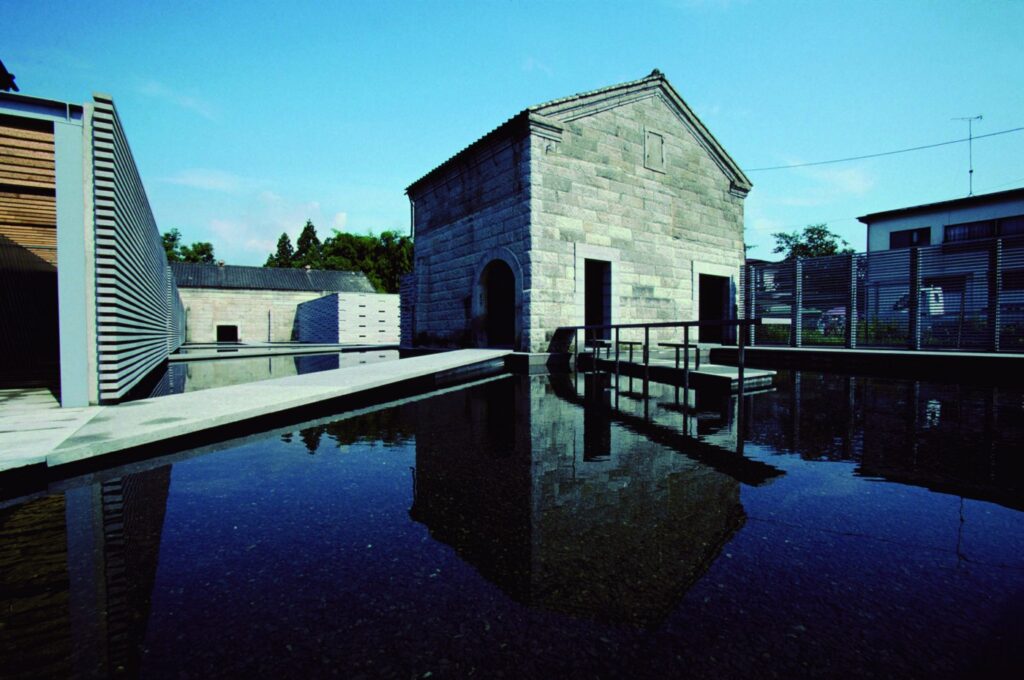
An era of rediscovering value
“When you respect the locality, focus on the materials and the skills of the craftspeople, and try to make something that’s unique to that place, a diverse crowd of creators gather around and new relations are cultivated. Architecture is only noticed after it’s complete, but the story behind it starts along with its construction. A community is formed, and this sometimes leads to something new. I believe architecture will continue to become more significant as a medium that brings people together.”
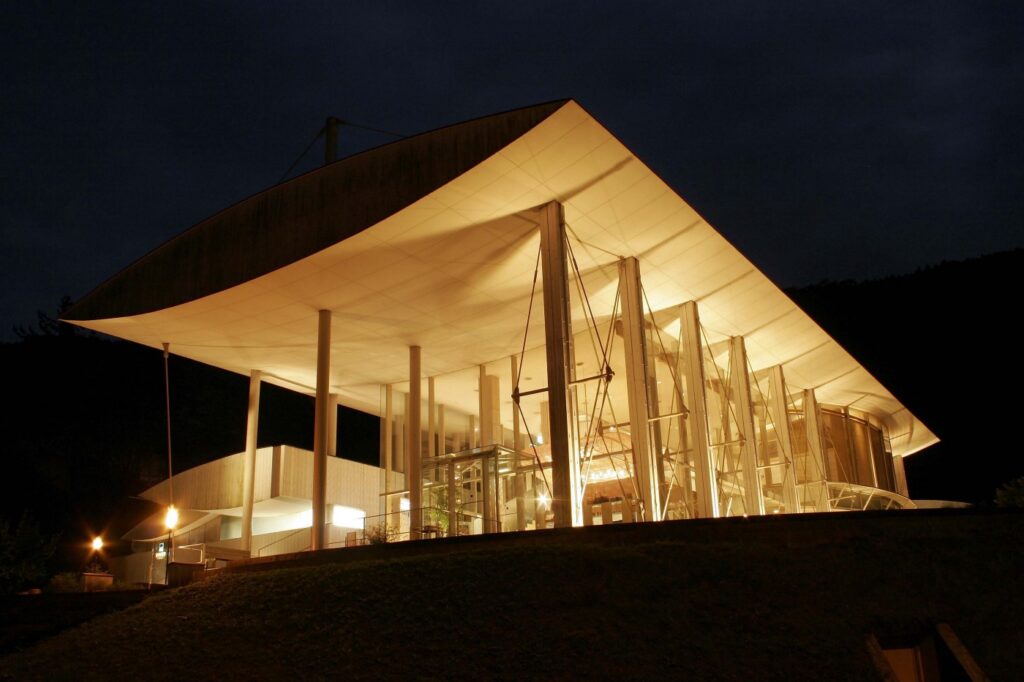
Of course, the stories continue well after the buildings are complete. The New National Stadium currently under construction is a good example. “Cedar from all 47 prefectures of Japan (excepting Okinawa, which provided pine) is used for the Stadium. The cedars from the warmer regions are coarse-grained as compared to the fine grain of the colder regions. The colors and appearance of the wood are completely different. Japan has a rich culture around wood, and each region has its own distinct characteristics. I hope this helps people to reminisce about their hometowns and dream about visiting new regions.” Looking ahead after 2020, this diversity in Japan will become an indispensable asset, Kuma says. To shed light on what is overlooked and give it new value. This will be what helps Japan sally out into the world. Kuma personally felt so during a project in 2010. Hermès launched a new brand called Shang Xia targeting the Asian market. Kuma, along with others, designed its first shop, which was in Shanghai. “Shang Xia’s products are made together with China’s traditional artisans. But according to the brand’s producer, they had originally held a keen interest in Japan’s traditional crafts and had planned to launch the brand with Japanese artisans. Yet, there was nobody who could bring the Japanese craftspeople together on Japan’s side, so they gave up and shifted to China. Japan has materials and technologies that draw the attention of people all around the world. If more people could edit and produce their works, I’m positive more businesses can be created.”
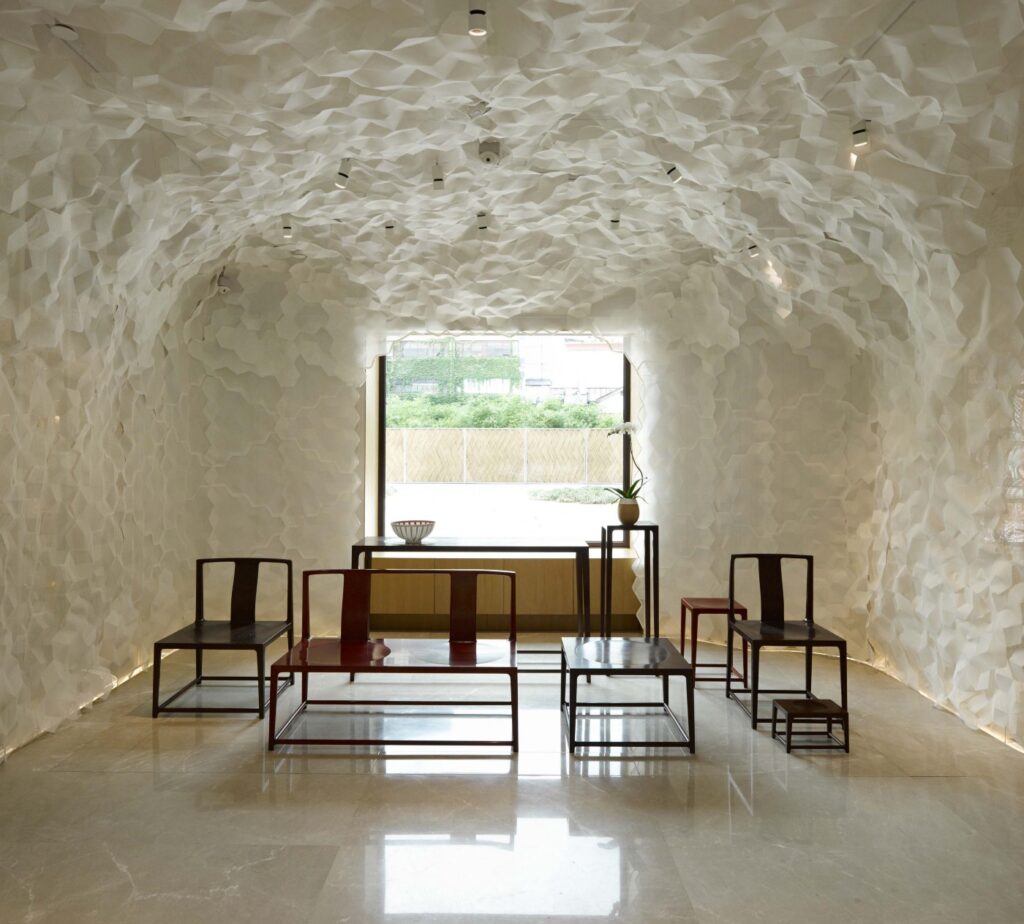

These businesses might not be blockbuster hits, but Kuma says that innovation from today on does not always have to be about making great inventions. “Making tiny discoveries about things that already exist and turning it into something a little bit smarter, I feel that’s what will hold value from now on. Lots of people making something out of little discoveries. Creating lots of microeconomic schemes to dynamically change society as a whole. I hope Japan heads in that direction in the future.” The hints for post-2020 innovations lie at our feet. The future of Japan depends on whether or not we can perceive them and give them life.




